Walking Tour 2 - Alcotts & Emersons
2 miles (3.2 km), 40-minutes’ walking time, round-trip, + sightseeing time.
This walking tour takes you from Concord Center’s Monument Square along Lexington Road (MA Route 2A) to Ralph Waldo Emerson’s family home and, across the street, the Concord Museum, which preserves Emerson’s study and many other Concord historical and cultural treasures.
Then to the Alcott family home of Orchard House, and the neighboring Wayside, sometime home of the Alcotts, and later of Nathaniel and Sophia Hawthorne. If you wish, you can continue 400 feet (122 meters) to Grapevine House, home of Ephraim Wales Bull, inventor of the Concord Grape.
The distance from Monument Square to Grapevine House (the farthest point) is one mile (1.6 km), or 2 miles (3.2 km) round-trip, about 40 minutes’ walking time, plus 2 to 3 hours for interior visits to the sights along the way.
Monument Square
Start at Monument Square, Concord’s equivalent of the town green or common. The square takes its name from the Civil War Monument, a granite obelisk at its center erected in 1866 to commemorate the sacrifice of Concord men in the Civil War (1861-65).Concord's Colonial Inn (1716) is at northwestern end of the square.
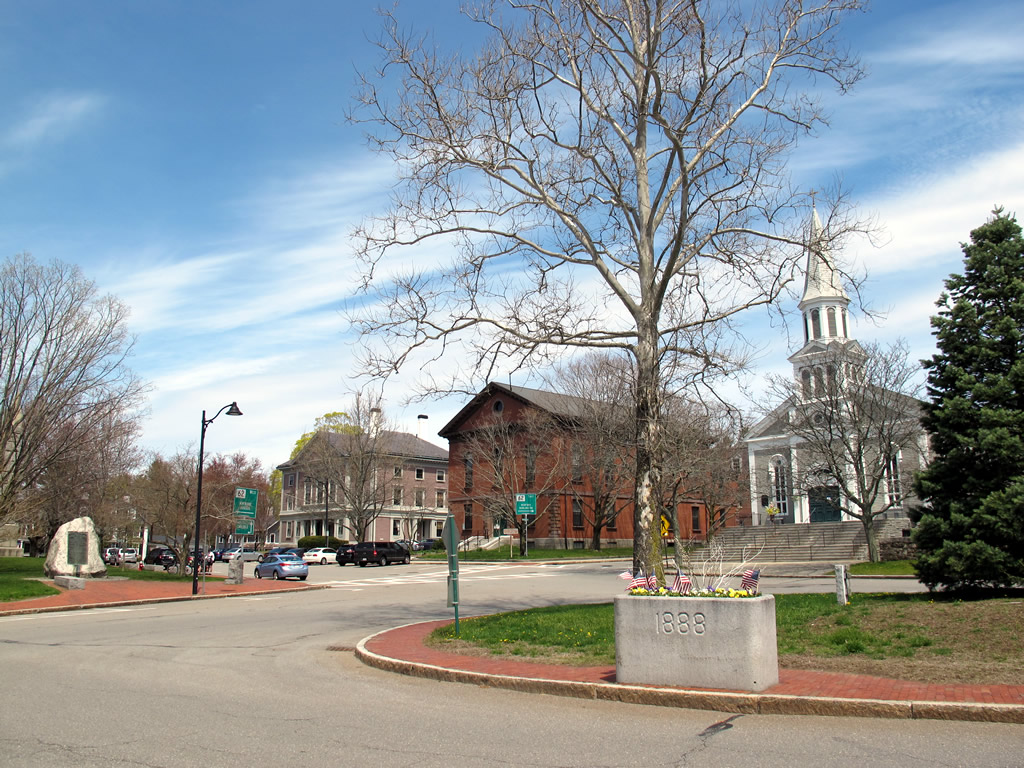
Former courthouse, the red-brick Town House, and Holy Family Catholic Church.
Other buildings on the square include the former courthouse, now an office building; the red-brick Town House, Concord’s town hall; Holy Family Catholic Church, in the Scandinavian-looking former Universalist church building; that church’s tawny rectory on the west side of the square; the Holy Family Parish Hall; Corinthian Lodge of the Ancient Free & Accepted Masons; and the First Church of Christ, Scientist.
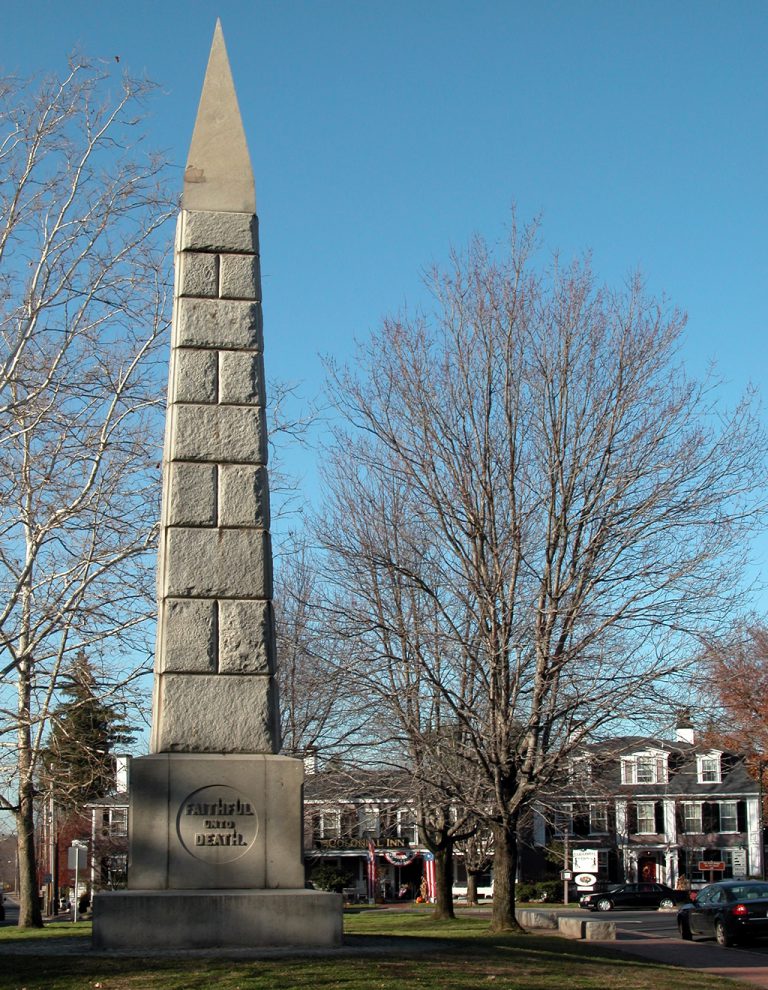
Civil War Monument & Colonial Inn
Wright Tavern & First Parish Meetinghouse
At the southeastern end of Monument Square, beyond the flagpole, at the start of Lexington Road, the red Wright Tavern is where the British Regulars set up their headquarters on the fateful morning of April 19, 1775. The Wright Tavern Legacy Trust is restoring the tavern as an interactive museum and gathering-place focused on the creation and preservation of American democracy. More...
Just beyond the tavern to the east rises the steeple of the meetinghouse (church building) of the First Parish in Concord, founded in 1636 just after the settlement of the town, and still thriving nearly four centuries later as a Unitarian-Universalist congregation.
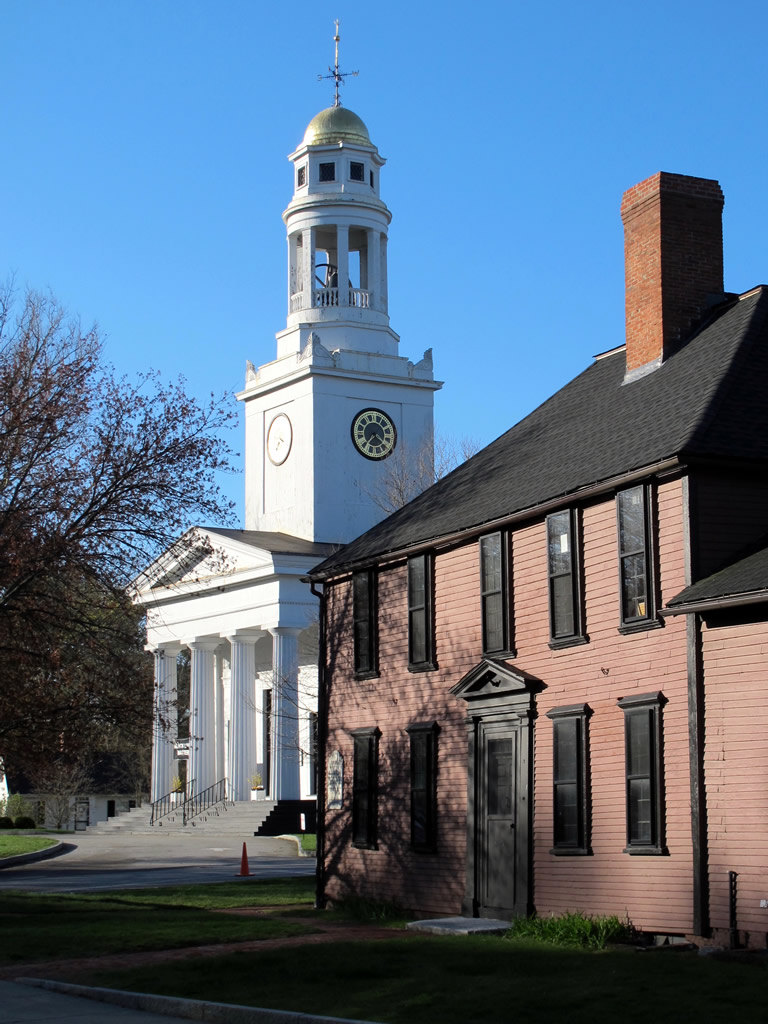
Wright Tavern & First Parish in Concord Meetinghouse
Concord Independent Battery
Walk east, away from Monument Square, on Lexington Road (MA Route 2A), cross Heywood Street, pass the grassy fields of Heywood Meadow on your right, to the garage-like red brick building which is the gunhouse of the Concord Independent Battery, a patriotic veterans' association which continues the tradition of the Concord Artillery (1804) to fire its historic brass cannons each year in commemoration of Patriots Day (April 19, 1775).
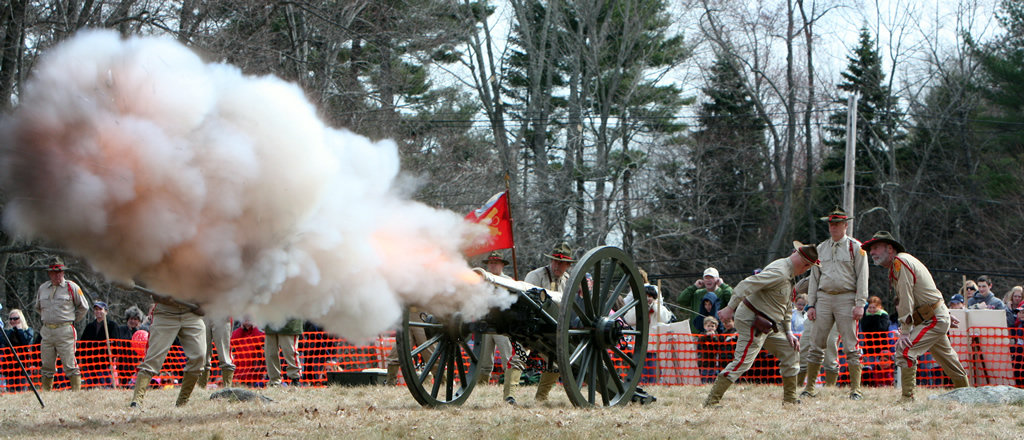
Brass cannon fires on Patriots Day
Emerson-Thoreau Amble
Behind the Concord Independent Battery building is the trailhead of the Emerson-Thoreau Amble, a footpath through fields and woods following (more or less) the route that Emerson, Thoreau and the Alcotts may have followed to reach the site of Thoreau’s cabin on the shore of Walden Pond. The 1.7-mile (2.74-km) walk from the trailhead over uneven ground to the pond takes 40 to 60 minutes.
Add 40 to 60 more minutes for the circumambulation of the pond, and another 40 to 60 for the return walk to Monument Square, and the total walking time may be two to three hours. (You can also go to Walden Pond by car or bicycle.)

Emerson-Thoreau Amble trailhead
Bush, the Emerson House
Just past the Concord Independent Battery building, at the intersection of Lexington Road and Cambridge Turnpike, is the white Emerson family home, named “Bush” by its eminent owner.
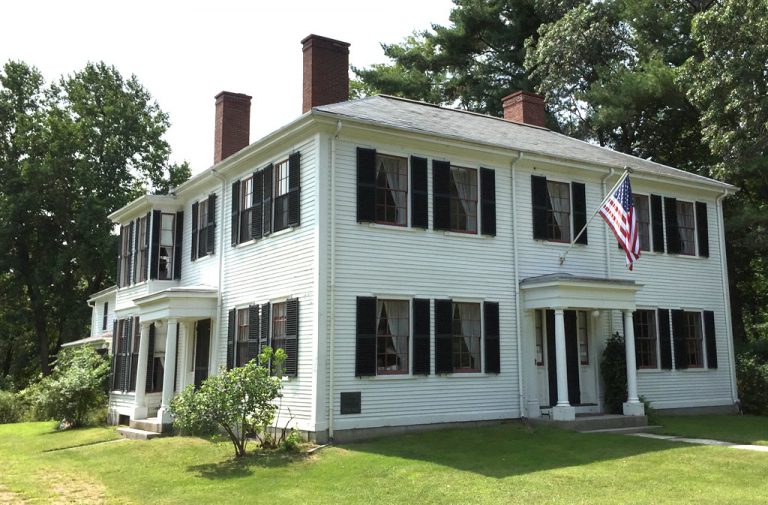
Bush, Ralph Waldo Emerson's home
It was here that Emerson wrote his famous essays, The American Scholar and Self Reliance, here that he entertained Bronson and Louisa May Alcott, his aunt Mary Moody Emerson, Margaret Fuller, Henry David Thoreau, and many others.
Ralph Waldo Emerson died here in 1882. His wife Lidian Jackson Emerson died here a decade later and was buried next to her husband on Authors Ridge in Concord’s Sleepy Hollow Cemetery.
Ellen Tucker Emerson (1839-1909), who did not marry, continued to live in the house until her death, and Emerson’s son Edward Waldo Emerson (1844-1930) lived here until his death. A non-profit preservation association now cares for the house, and opens it as a private museum from late April through late October. Call for information: tel (978) 369-2236.
Today the house is much the same as when the Emerson family lived in it, although the furnishings of Emerson’s study are on display across the street in the Concord Museum. (In the Emerson House, his study is furnished with replicas.) Emerson's books are preserved in Harvard University’s Houghton Library.
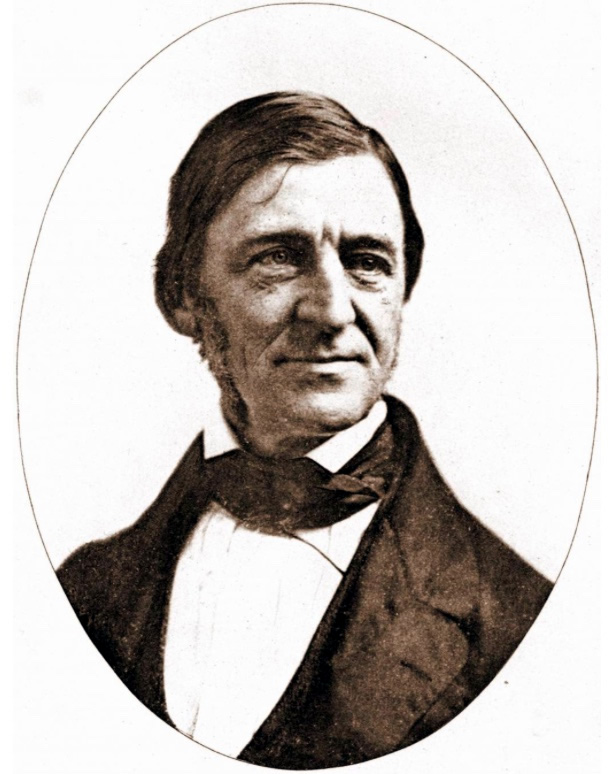
Ralph Waldo Emerson (1803-1882)
The Concord Museum
The Concord Museum, Lexington Road and Cambridge Turnpike, across Cambridge Turnpike from the Emerson House, contains numerous period rooms and galleries, and vividly depicts the growth and evolution of Concord, Massachusetts. The rich collections of documented decorative arts and domestic artifacts were either owned by Concord-area residents or made by Concord-area artisans.
Permanent exhibits include the lantern that hung in the spire of the Old North Church in Boston on the night of Paul Revere’s famous ride; Ralph Waldo Emerson’s study; Henry David Thoreau’s belongings used at Walden Pond; and a collection of early powderhorns including the one worn by the model for Daniel Chester French’s The Minute Man statue at Concord’s Old North Bridge.
There are changing exhibitions throughout the year. A guided tour lasts about 45 minutes, or you can wander around on your own if you prefer.
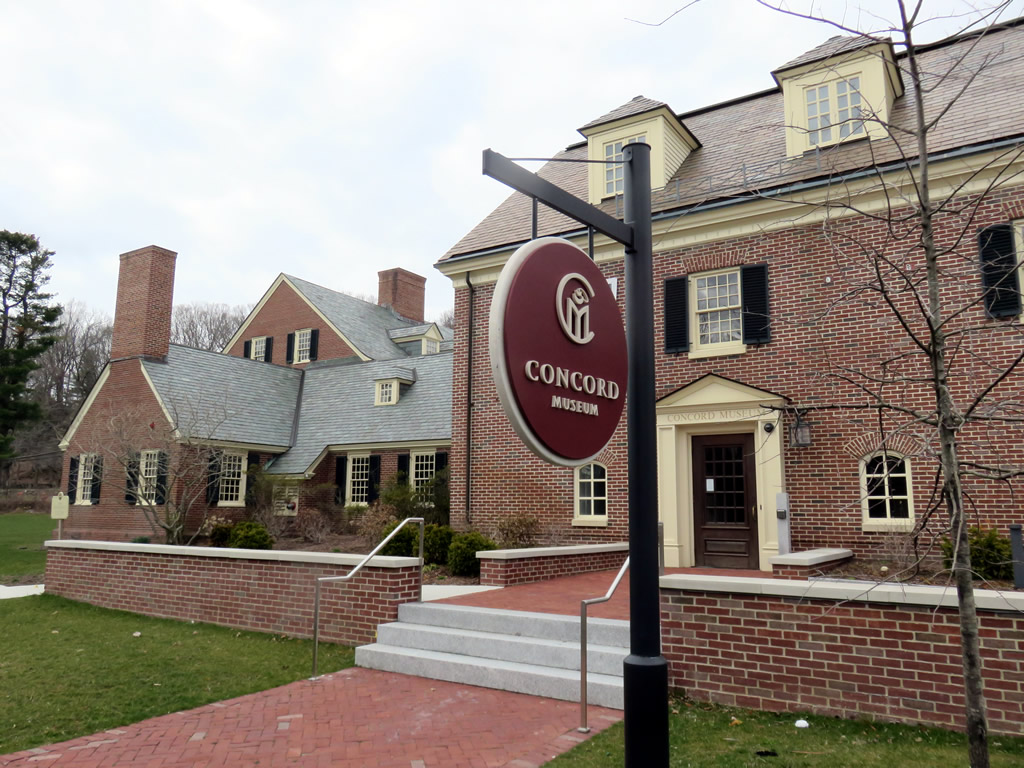
Benjamin Barron House
From the Concord Museum, it’s only a few minutes’ walk east on Lexington Road to the Benjamin Barron House at 249 Lexington Road. The house has been here since 1716. Now a private home not open to the public, it bears an intriguing sign stating that John Jack, an enslaved man, worked as a shoemaker here to purchase his freedom, the assumption being that he worked “overtime” or in secret, being paid for his labors and eventually escaping the tragedy of bondage.
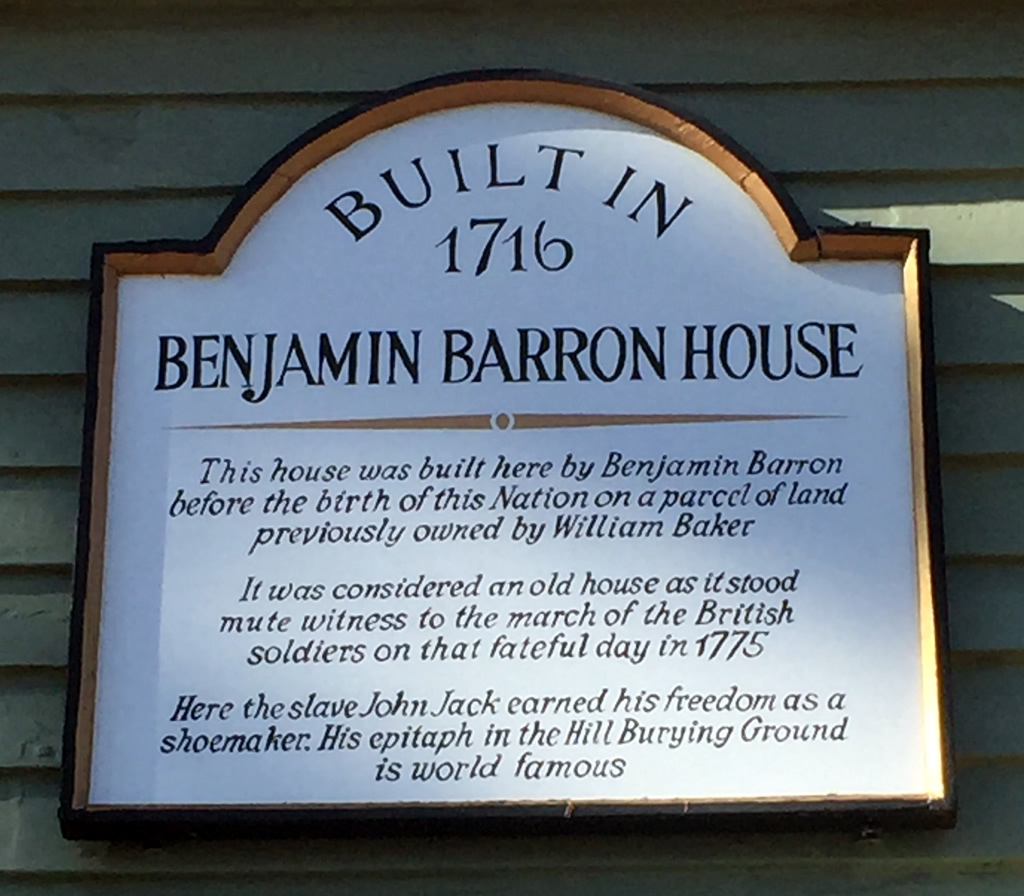
Sign on the Benjamin Barron House (1716)
John Jack’s tombstone on the north side of the Old Hill Burying Ground just off Monument Square is world famous:
Here lies the body of John Jack, a native of Africa who died March 1773 aged about 60 years. Tho’ born in a land of slavery, he was born free. Tho’ he lived in a land of liberty, he lived a slave till by his honest, tho’ stolen labors he acquired the source of slavery [ie, money], which gave him his freedom.
See my Walking Tour 1 – North Bridge for information on visiting Old Hill Burying Ground.
Seven minutes’ walk farther east along Lexington Road brings you to Orchard House. Look for a brass plaque along the way.
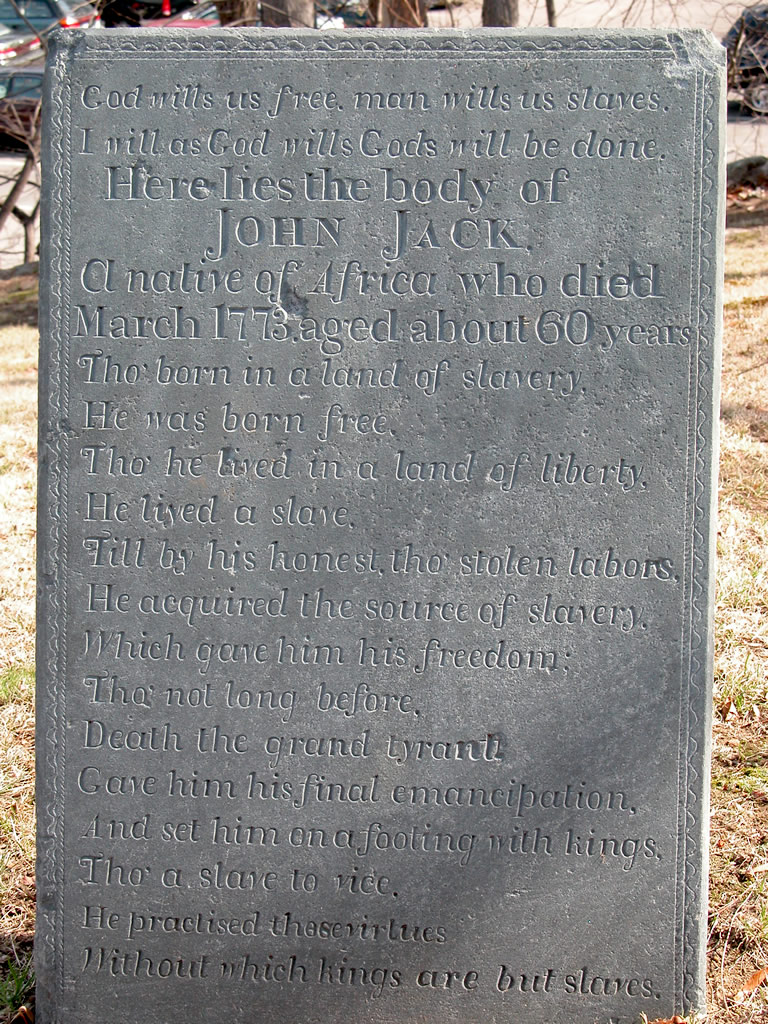
John Jack's Tombstone
Dr Samuel Prescott Plaque
Set in the stone wall at 345 Lexington Road, where the road curves, is a plaque commemorating Dr Samuel Prescott who, along with Paul Revere and William Dawes, spread the news of British troop movements on April 19, 1775. The site of Dr Prescott’s Concord house is behind the plaque.
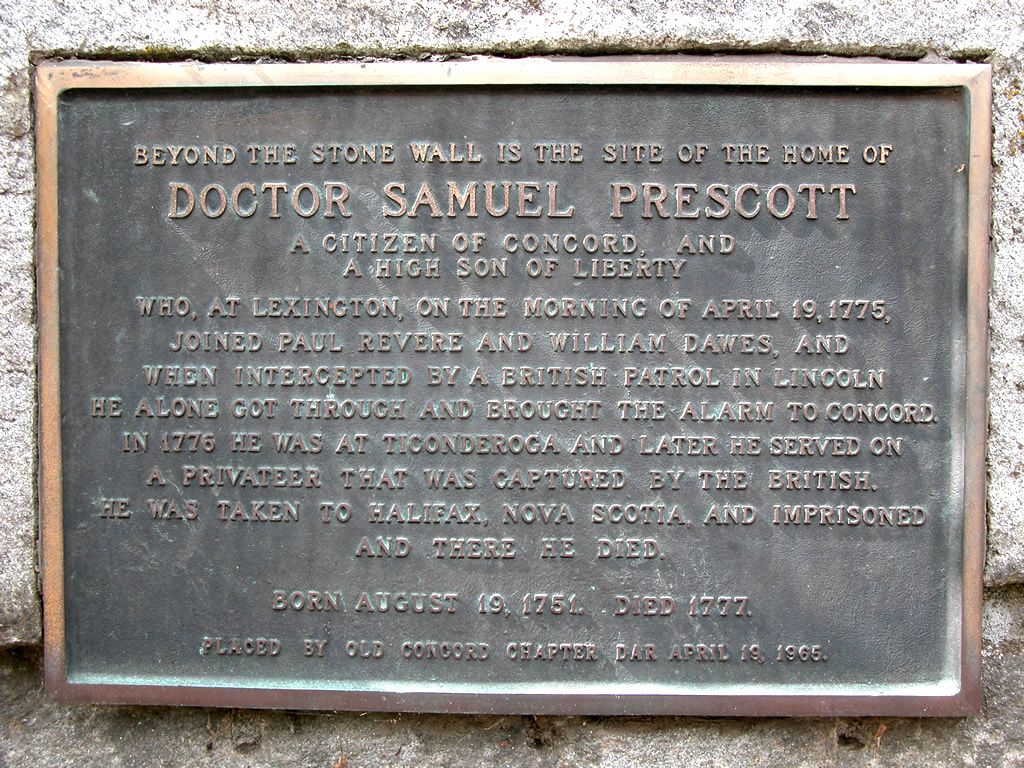
Dr Samuel Prescott Plaque
First Settlers Sign
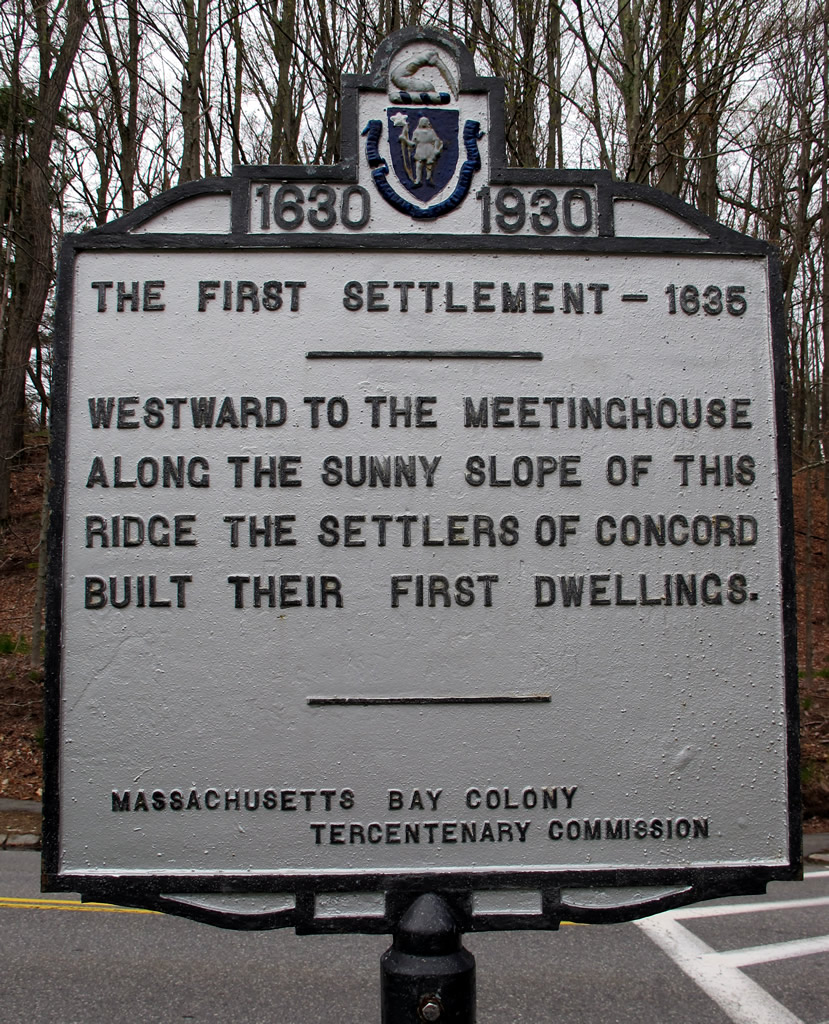
This sign stands at the crosswalk between Orchard House and The Wayside, commemorating the first settlement of Concord along the nearby ridge in 1635.
The Alcotts' Orchard House
From the Concord Museum, it’s a walk of 10 minutes or less eastward to the Alcotts’ Orchard House, 399 Lexington Road, the family’s home from 1858 to 1877. Author Louisa May Alcott lived in Orchard House and wrote Little Women, her quasi-autobiographical best-seller, here in 1868.
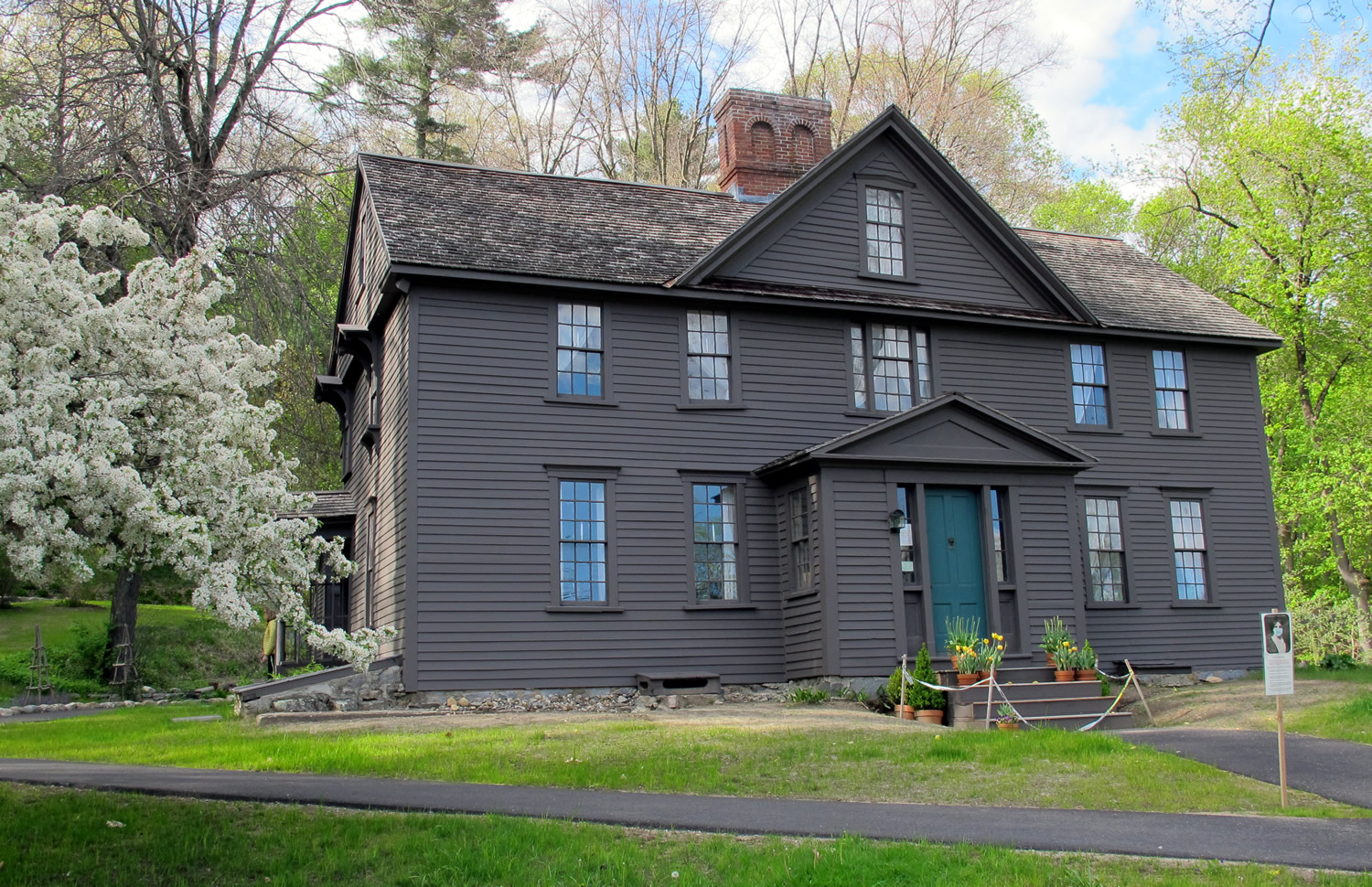
Amos Bronson Alcott, although he began his career as an itinerant gizmo salesman, had as his life’s passion the reform of traditional education methods. He founded a school in Boston that treated children not as discipline problems, but rather as fully intelligent beings worthy of respect and affection. His open and natural approach to education was not appreciated there, but it was perfectly congenial in Transcendentalist Concord. Here he was ultimately commissioned as Concord’s superintendent of schools, and he opened a School of Philosophy in a building in his backyard.
Orchard House is a must-see for anyone, especially a child, who has read Louisa May Alcott’s Little Women, or seen any of the movies, operas, musicals or TV series based on the book. It’s a thrill to see the real rooms and artifacts of the author’s life, and to be in the milieu in which she grew up.
In 1877, Bronson, Louisa and Anna Alcott moved from Orchard House to another house, at 255 Main Street, which had once been Henry David Thoreau‘s home. That house is now private and not open to the public.
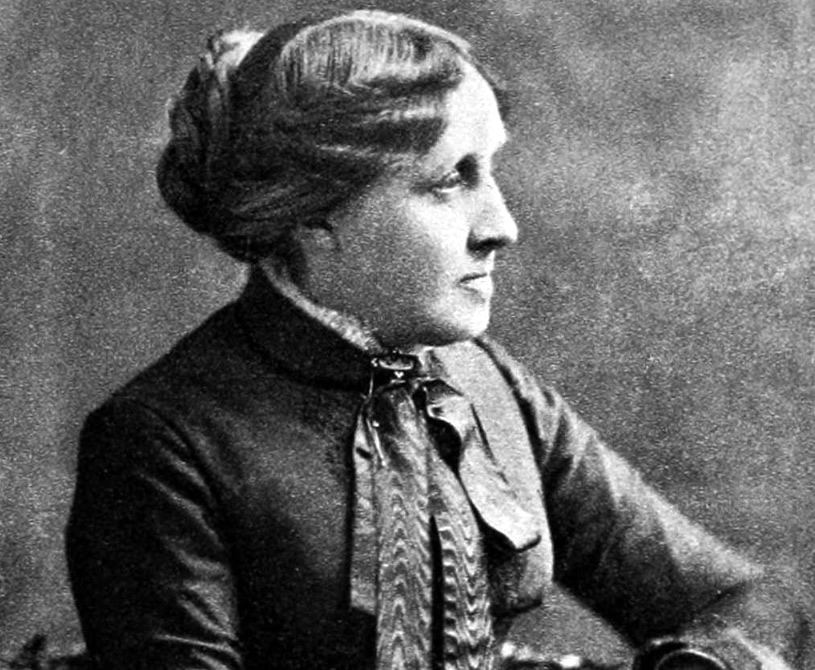
Louisa May Alcott (1832-1888)
The Wayside
Just east of Orchard House is The Wayside, 455 Lexington Road, another Concord historic house with literary connections. Now administered by Minute Man National Historical Park, this is the house that Louisa May Alcott actually described in Little Women.
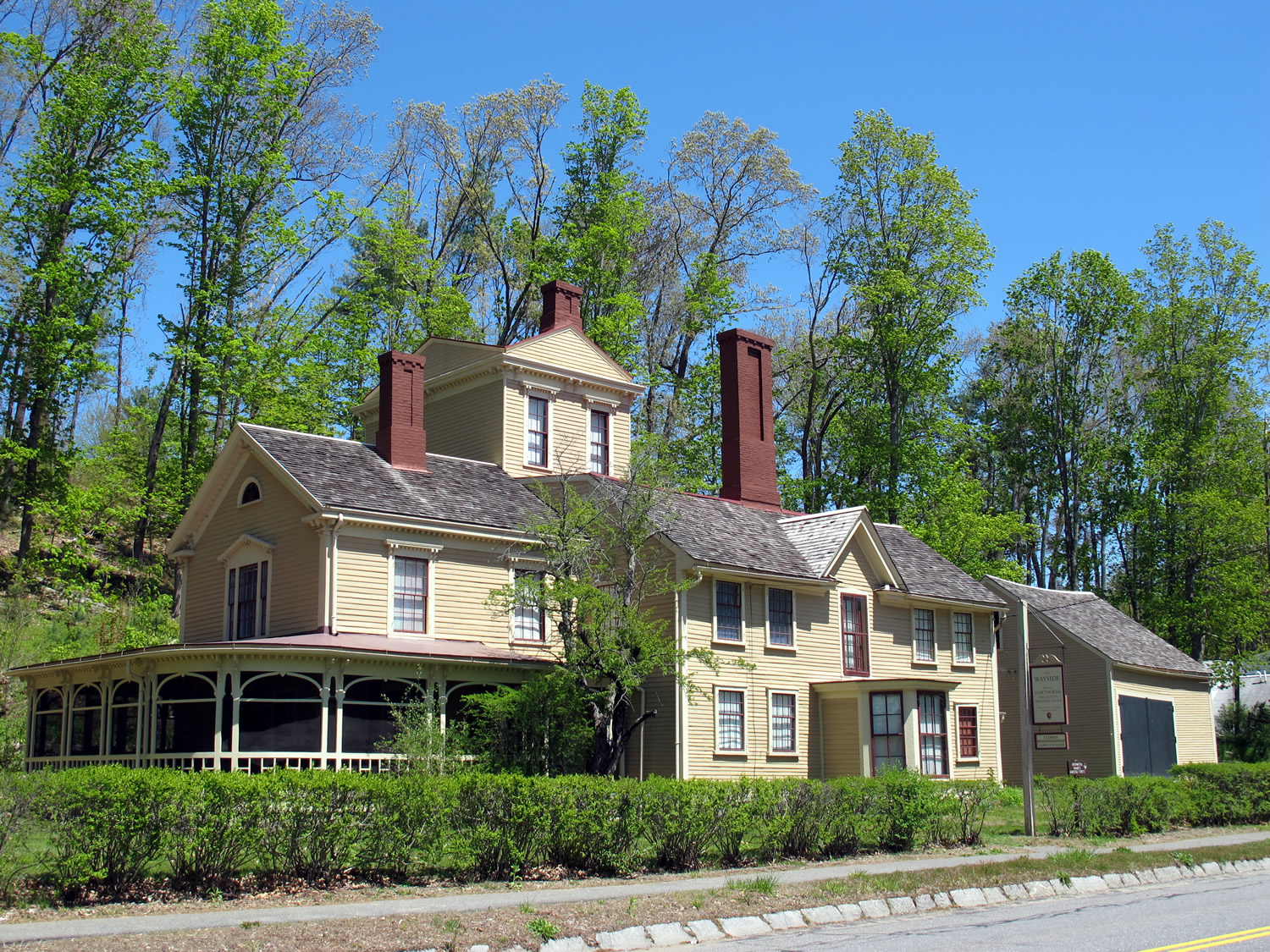
The Wayside
(Don’t confuse The Wayside in Concord with Longfellow’s Wayside Inn, which is in the neighboring town of Sudbury, and still an operating inn and restaurant.)
The Alcott family lived in this house, which they called “Hillside,” from 1845 to 1852, when Louisa was a teenager. She later complained that Hillside and nearby Orchard House, where she lived later, were cold, dreary and lacking sunlight.
During her years here, Louisa had a teenage crush on her father’s friend Ralph Waldo Emerson. She was a hiking buddy of Henry David Thoreau, and stories circulate of Louisa and teenaged friends going skinny-dipping in Walden Pond.
In 1852, the Alcotts sold Hillside to Nathaniel and Sophia Hawthorne, who moved in with their three young children Una, Julian and Rose. They renamed the house “The Wayside.”
It remained the Hawthorne family home until Nathaniel Hawthorne’s death in 1864.
In 1870 it was sold by Hawthorne’s heirs, and in 1883 bought by Boston publisher Daniel Lothrop and his wife Harriet Stone Lothrop, a children’s book author who used the pen name Margaret Sidney and was widely known for her book Five Little Peppers.
Most of the furnishings in the house date from the Lothrops’ time.
Grapevine Cottage
A few minutes’ walk east along Lexington Road past The Wayside brings you to Grapevine Cottage, 491 Lexington Road, the former home of Ephraim Wales Bull (1806-1895), inventor of the Concord grape.
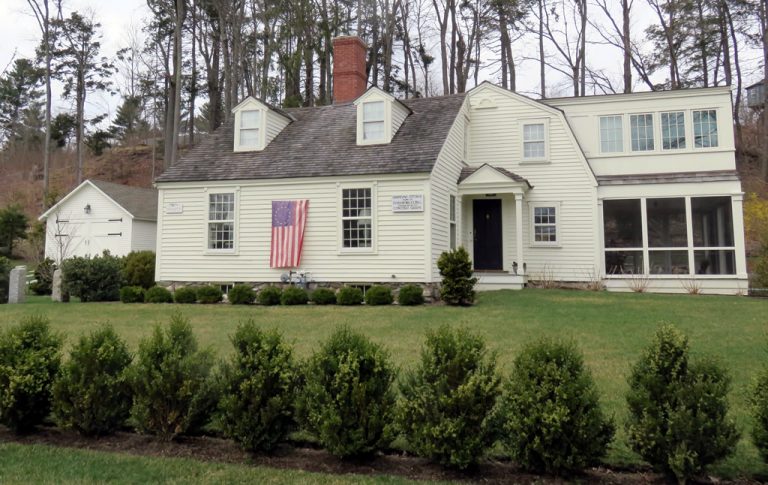
Now a private home not open to the public, the historic cottage, restored in 2016-2017, is among the oldest extant houses in town, having been built around 1700.
Bull developed the cultivar for the Concord grape from wild Vitis labrusca vines growing right here. The grapevine on the east side of the front yard is a direct descendant of Bull’s original vine. An Art Nouveau stone monument by the sidewalk commemorates Bull’s achievement.
Another Concord grapevine grows in honor of Bull at the front of 100 Main Street near the South Burying Ground and Keyes Road. The red-brick building beside the vine holds the headquarters of Welch Foods, Inc.("Welch's"), the company that makes jams, jellies and juices from the Concord grape.
From Grapevine Cottage, it’s a 1-mile (1.6-km), 20-minute walk back to Monument Square in the center of Concord.
Want to walk a bit more? From Grapevine Cottage, continue east for 10 minutes (1/2 mile, 800 meters) to Meriam’s Corner, site of a battle between colonial Minutemen and retreating Redcoats on April 19, 1775. Meriam’s Corner is the eastern terminus of the Battle Road walking/biking trail of Minute Man National Historical Park.

Inscribed Monument at Grapevine House: "Ephraim Wales Bull planted seeds of a wild labrusca grape found growing on this hillside which, after three generations, through his work and wisdom became, in this garden in September 1840, the Concord Grape."